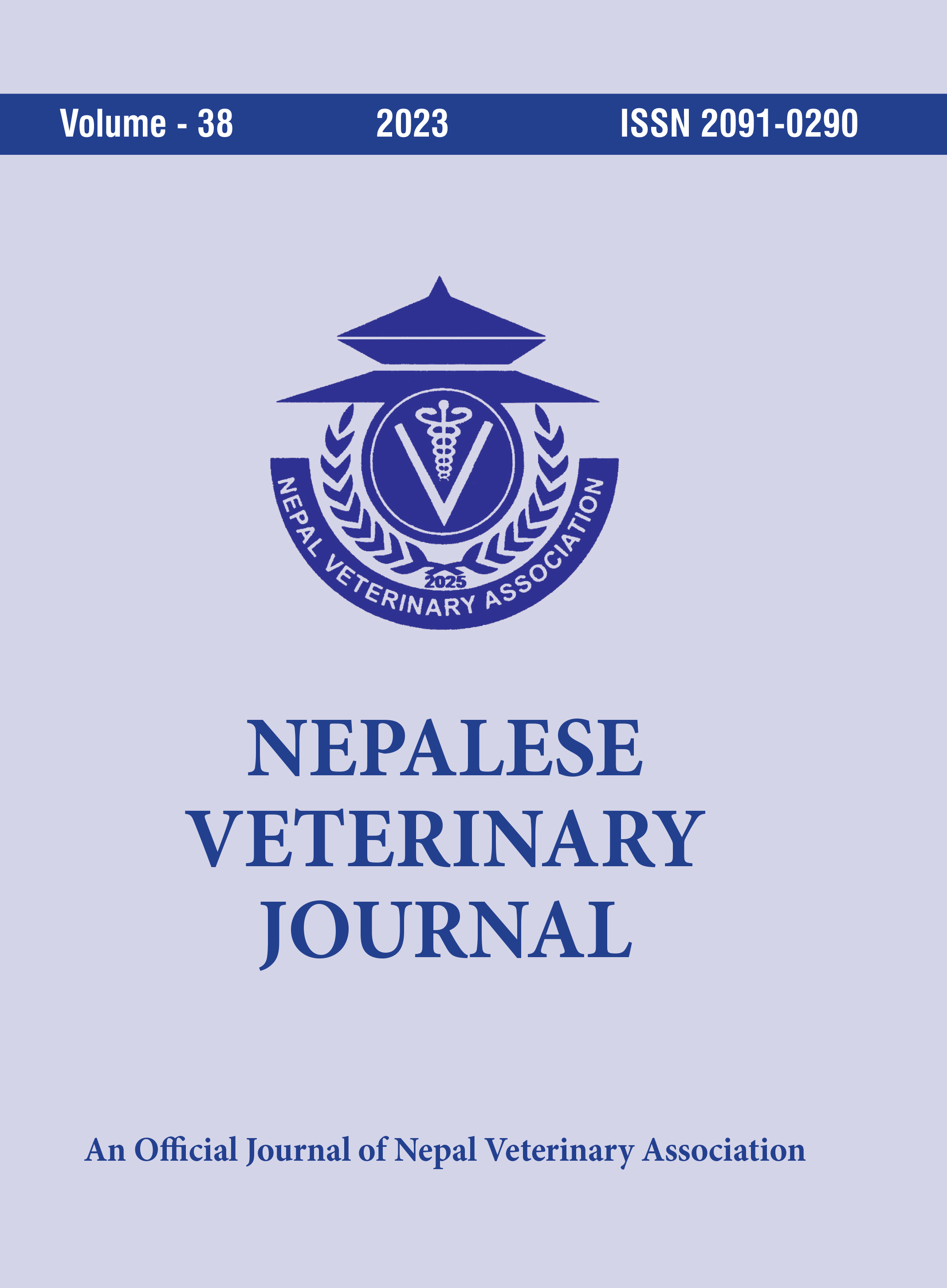Global Pattern of Epizootic Ulcerative Syndrome Outbreaks in Freshwater Farmed and Wild Fish from 2005 to 2012
DOI:
https://doi.org/10.3126/nvj.v38i1.55868Keywords:
Aphanomyces invadans, Epidemiology, Infectious fish disease, Spatiotemporal patternAbstract
Epizootic ulcerative syndrome (EUS) is an infectious disease of freshwater farmed and wild fish caused by a fungus, Aphanomyces invadans. This disease is an important economic disease causing huge socio-economic losses to fish farmers across the world. While this is an important fish disease, its global epidemiology is poorly understood. The objective of this study is understand the global spatiotemporal epidemiology of EUS outbreaks from 2005 to 2022. The data were retrieved from open access database of the World Organization for Animal Health (WOAH). Results showed that there were a total of 277 outbreaks of EUS reported to WOAH from 2005 to 2022 from 15 countries and territories with 76% outbreaks reported from African countries. Democratic Republic of Congo reported the highest number of EUS outbreaks. Higher number of outbreaks were reported during 2014 to 2017. The observed epidemiological pattern might be biased due to the underreporting of the disease. Nevertheless, it offers important insights to understand the latest global pattern of EUS. We suggest to increase country level awareness on EUS so that outbreaks are reported in a timely manner.
Downloads
Downloads
Published
How to Cite
Issue
Section
License
© Nepal Veterinary Association




